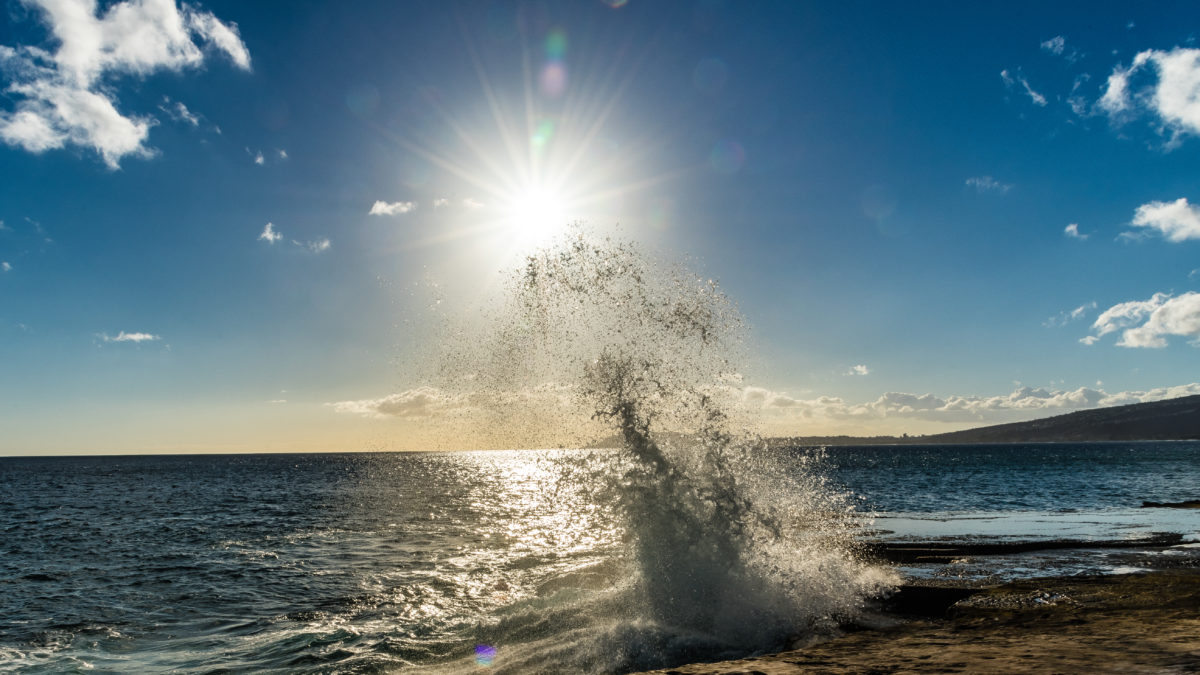Qi-energy, a PV mounting systems specialist based in the United Arab Emirates, and Canadian floating structure supplier Candock have announced plans to develop a raft-based system for utility-scale floating PV plants.
Their new venture, Hydrosolis, will supply floating PV systems, offer project financing for 5 MW to 10 MW projects, and facilitate technology transfers for larger overseas projects. They've already developed a new floating mounting system based on special “dock cubes” that float nonmetallic frames for the deployment of solar panels.
“The polymers used in this float technology was originally designed for fuel tanks in fast marine craft such as jet bikes making it extremely impact-resistant with a long service life,” Qi-energy CEO Neil Anthony Doe told pv magazine.
Doe defined the proposed approach as “rafted,” which is different from conventional modular approaches in the PV industry.
“This rafted approach allows us to construct modular rafts which are connected to form an island with access all around the modules for O&M,” Doe said. Rafted systems use a skeleton of interconnected dock cubes. Framing systems are then fixed to the rafts, supporting the modules.
“Each raft is designed around module strings and built on a purpose-made dock on the shore,” Doe explained. “The rafts are then towed to the anchor site and connected together to form one large island.”
The proposed system is based on floats with no fixed angles. They do not cover the backs of the modules, to maximize the benefits of cooling.
“Common floats are only designed to carry the weight of the module and use secondary walkways to hold the array together,” Doe said. “A rafted solution has much more flexibility in terms of buoyancy and can be designed to cater for much higher foot traffic associated with regular cleaning in certain regions.”
The cubes are also placed much higher in the water, he said. This ensures that cables, combiners and inverters are out of harm’s way. Candock makes the cubes with a special high-density polyethylene (HDPE) formula to ensure high impact resistance and UV stability throughout the 25-year product warranty period.
“For developers and funds this is a huge advantage, as the float system is warranted to last the length of the PPA – a quality lacking in almost all FPV systems on the market,” Doe said.
He claimed that the technology has been proven over many years in decades-old dock systems in coastal environments. The pontoon cubes are made with a wall thickness of 5 mm to 7 mm, weighing in at 9 kg of HDPE per cube and UV inhibitors.
“All our pontoon cubes are manufactured to our own design using our own masterbatch,” Doe said, adding that cube production can be regionalized through the transfer of technology agreements.
The tech also relies on a specially developed framing system based on reinforced polymers. The company selected it over steel and aluminum due to its nonmetallic properties, which makes it extremely durable and corrosion-resistant, Doe said.
“We are using a mix of sheet moulding compound (SMC) and short fiber, 3D printed parts in the construction along with pultruded profiles,” he said.
This production method is extremely light and cost-effective in large volumes, Doe claimed. “The cost of the framing with the floats is comparable with other modular float systems on the market,” he added.
It is developing the floating technology with an anchoring system developed by Seaflex, a Swedish supplier of pipeline buoyancy products. Its elastic mooring system is an alternative to cables that expand and contract with the tides.
“The number of anchor points, their position in relation to a bathymetric study and the elasticity of the connections quite simply keeps everything where it should be,” Doe said, noting that anchoring is often overlooked in floating systems, even though it’s an integral part of the design. “A good anchoring system reduces wear and tear on the connecting lugs and has been the reason for many of the high-profile failures seen in recent years.”
This content is protected by copyright and may not be reused. If you want to cooperate with us and would like to reuse some of our content, please contact: editors@pv-magazine.com.




By submitting this form you agree to pv magazine using your data for the purposes of publishing your comment.
Your personal data will only be disclosed or otherwise transmitted to third parties for the purposes of spam filtering or if this is necessary for technical maintenance of the website. Any other transfer to third parties will not take place unless this is justified on the basis of applicable data protection regulations or if pv magazine is legally obliged to do so.
You may revoke this consent at any time with effect for the future, in which case your personal data will be deleted immediately. Otherwise, your data will be deleted if pv magazine has processed your request or the purpose of data storage is fulfilled.
Further information on data privacy can be found in our Data Protection Policy.